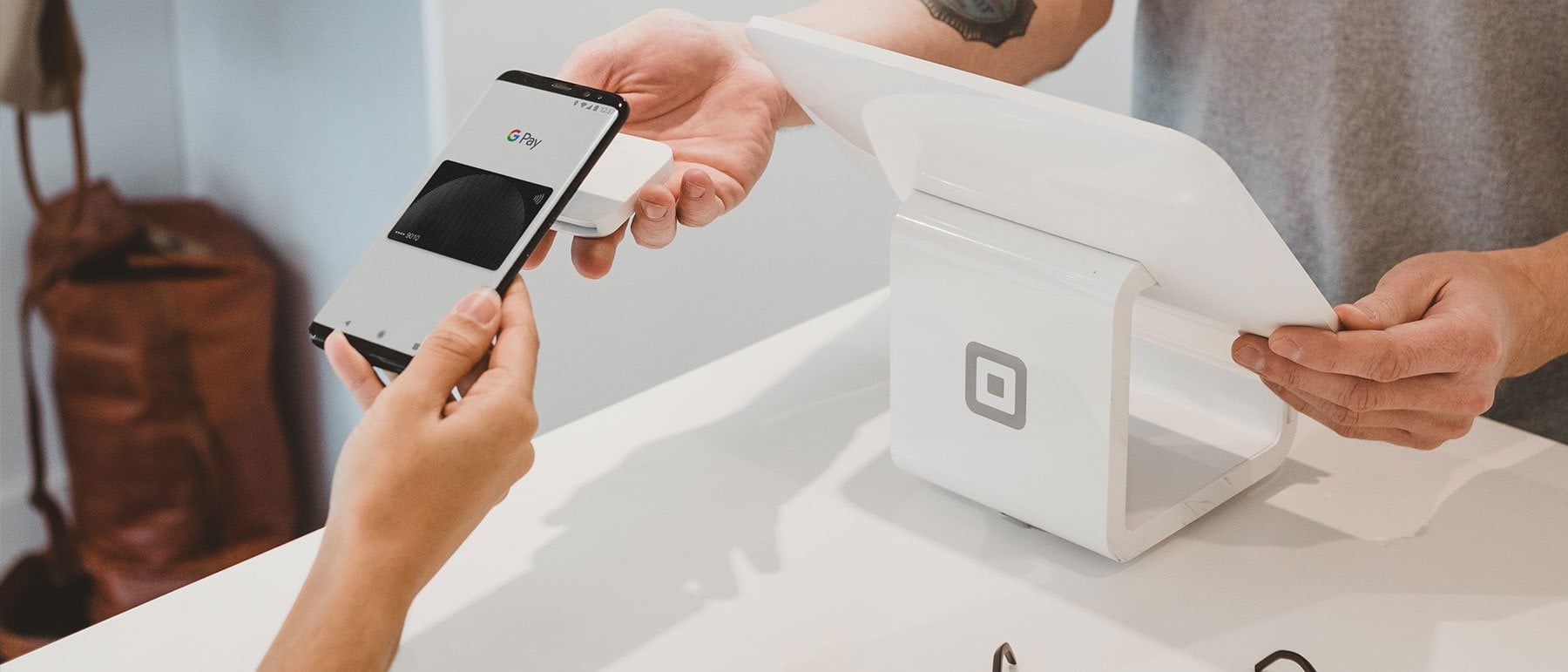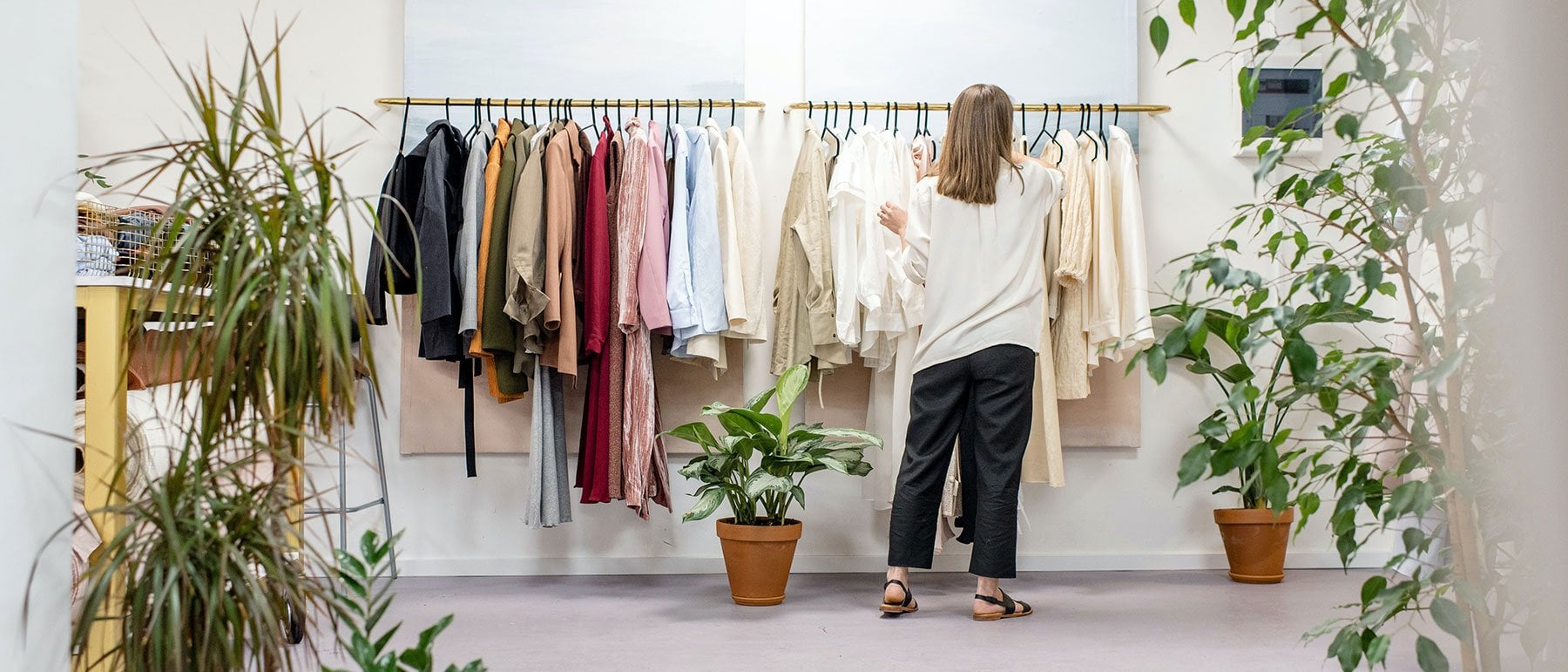Have you always aspired to open your own retail store? Do you have an online business and want to branch out into a physical store to take your brand to new heights? At Displaysense, we have collated all the costs that a business owner could incur when starting their own physical retail store, so you can consider whether or not to make the jump.

What are the costs of having a retail space?
You will find that there are both expected and unexpected costs that you need to consider before you take the plunge into the physical retail world. Making sure that you cover these costs is important to ensure that your business model is successful. Here are some of the main costs that retail store owners need to note:
Rent or mortgage
When considering how to open a retail store on a budget, the location of your store should be one of the main factors of deliberation. Your rent or monthly mortgage payment rate will depend on your chosen location.
Premises with higher foot traffic will naturally be more expensive, but they have more potential customers passing. This cost is usually taken on a monthly basis unless you own the building, so as a business owner, you should factor this into your business plan.
When choosing the location of your business, you should weigh up the cost of the location versus the cost of marketing to attract customers to the location. You might think that the money you save on a location with lower foot traffic is a smart business decision, but acquiring customers through marketing could be more expensive in the long run (especially for a business that is not yet established).

Initial shop fitting costs:
Making sure your shop is functional and attractive for customers is a cost you must consider when setting up a store on a budget. When establishing your retail store, you should have a few staple items that help with the functionality of your store, such as display cabinets to show off your products, purchase points and changing rooms. You will need to create a dedicated area within your premises for changing rooms, and installing this will likely incur building costs. Still, once the fixtures are installed, this shouldn’t require any additional cost.

Merchandising and display items are another cost factor when establishing your fitting costs – this includes items such as clothes hangers and mannequins to ensure customers can visualise what they are purchasing.
If you are looking for ways to display items within your store creatively, you should check out our guides which cover how to visually merchandise your store and small retail space design ideas.
Utilities
Another consideration in regards to cost should be your utility bills. The cost of gas, electricity and water should be built into your costs when setting up a small retail business.
These prices can vary depending on your usage, location and type of store, so it isn't easy to indicate how much this will cost you every month until you are on the premises.
Creating an inviting space for your customers will impact the user experience. If a store is cold and dimly lit, your customers may be turned off and not want to return to your store - so it is important to get this right.
Employees
If you plan on hiring employees, you should consider their wages in the costs of your business. With employees running the day-to-day operations, you can focus on other aspects of growth, stock management, and cost management. Having employees will also allow you some freedom to keep the store open when you have a day off.

Insurance
To make sure you and your employees are protected, it is important to invest in insurance for your store. Common types of insurance policies that small businesses employ include Public Liability, Business Insurance and Employer’s Liability insurance. You should ensure that you are covered if any accidents happen and that you are legally compliant for every eventuality.
These are vital costs; even though they can be expensive, they will be beneficial in the eventuality of an accident.
Marketing costs
Having a premises requires a different type of marketing to attract customers to your store. Catering your strategy to include marketing that gets people into your store will require additional costs, which should be something you factor into your budget when creating a costing plan.

Event-based marketing costs, such as opening and influencer events, will help your store gain exposure and attract attention on social media and with local press. If you want to do this on a budget, you can reach out to local influencers and offer an exclusive opening night before the store opens to the general public and a low-cost goody bag (including vouchers for your store).
Summary of opening a retail store on a budget costs
- Rent or mortgage
- Shop fitting costs
- Utilities
- Employees
- Insurance
- Marketing Costs
Open a retail store with the help of Displaysense today
At Displaysense, we have a range of display and merchandising equipment available to equip your store at an affordable price. Within the range of merchandising supplies, you will find packs of clothes hangers, mannequins to display your products so that customers can easily visualise their purchase, and clothes display stands. Creating a retail store on a budget can be done with careful planning, consideration and budgeting and now that you know the costs you can expect – go and start your business journey!